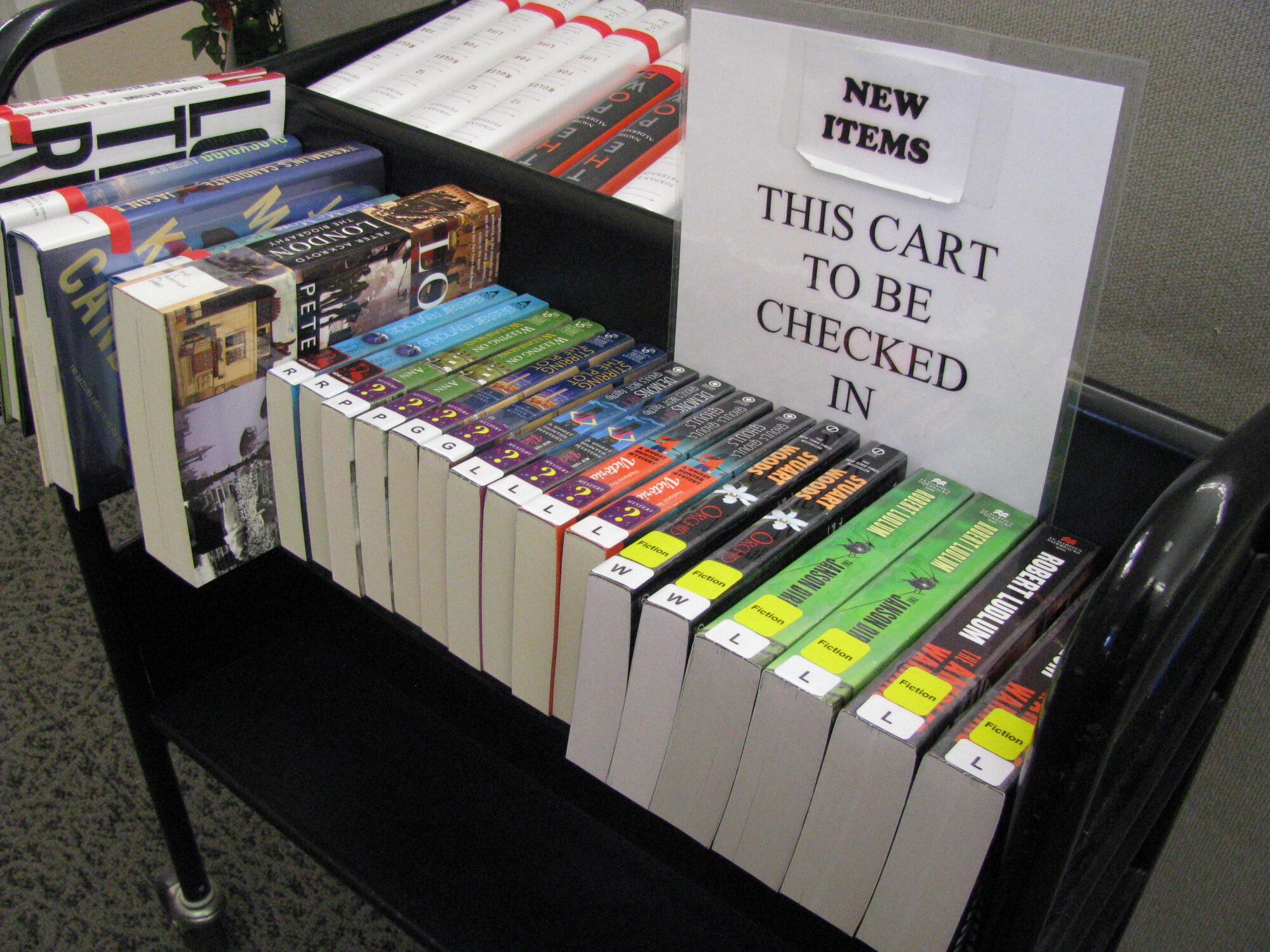Every single item borrowed from the Library has a very special story to tell. It’s a coming-of-age story that begins when the book is a small unknown creature waiting anxiously on a publisher’s shelf to be given the opportunity to grow up to reach its full potential: a library book!
The process of nurturing that book into a library book (or eBook or DVD or audiobook…you get the idea) is pretty interesting. It’s not as simple as purchasing a new title and then sticking on a shelf. A lot goes on behind the scenes to bring you your favorite authors, stories, and series.
And it’s all done in an average of just four days from the time the little bundles of joy arrive at our doorstep, and even as quickly as 24 hours if the items have Holds already!

The Early Years
Before any materials are available to the community, they must be selected and purchased by our Collection Managers and literacy gurus.
Using professional resources and reviews, along with community input, these managers create an exciting, broad, and inclusive collection for each age group and genre. They also look to fill gaps in the overall collection with specialized topics and materials. This includes both physical items and digital copies.
Once Collection Managers have chosen their materials, they create an online shopping list on vendor websites similar to how you might fill up an online cart at Amazon.com.
Then the Bibliographic Specialists take over! They actually place the order, build an order record, and download all the detailed information about the book into the Library’s catalog database – and there’s a lot of information that accompanies each title. Even as a wee little book, it’s a pretty complex creature.
In 2017, there were 16,121 new order records added to our catalog.

Entering the Tween Years
These books grow quickly. It takes about one week for freshly ordered books to arrive at the Collection Development Department where they’re unpacked and sorted. It may take a bit longer if the order is for books yet to be published. (I’m pretty sure staff sings children’s songs to keep these little books calm and happy.)
Now things get interesting! You can imagine that these books are excited to get out into the world and to strut their stuff, but we have to keep them back a bit longer to help them develop safe boundaries.
Books need to get a barcode and that code must be matched to the order record. This is the “receiving” of the book and it happens for each individual item, even when multiple copies of the same book are purchased.
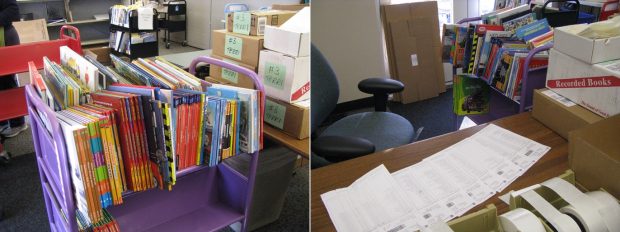
Growing into a Teen
As you can imagine, as these books continue to grow, they’re pushing to assert their independence (and giving library staff a few eye rolls), but our Collections Development team is working to shape them into upstanding public materials. As a young adult, books still need to have more information attached to their database record so you can search for and borrow them using our online catalog. They’re not ready to go on the shelves quite yet!
This is the cataloging phase where a Bibliographic Specialist, or cataloguer, must match the book with a full and complete bibliographic record. This important information includes details like ISBN/ISN, full title, author(s), publication data, description of work, and much more. It’s the details for each item that allows you to search for, find, borrow, and return items to any library!

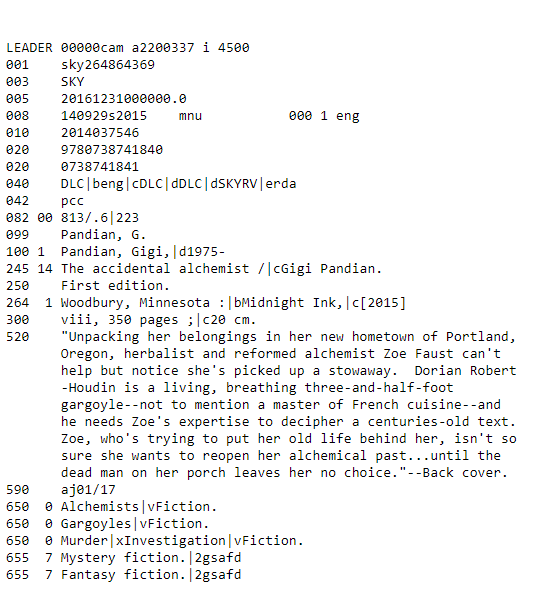
Finally, our anxious teenager book gets assigned a call number to let staff and customer know where to find the item on the Library’s shelves. This is the Dewey Decimal Number, the most common classification system used by public libraries.
Living the Good Life
The final phase in a book’s journey to become a library book is to emphasize its natural beauty by dressing it up with spine labels, icon stickers, RFID tags, and barcode and spine label covers. Many of the books get laminated or have Mylar covers put over the dust cover by a wonderful group of library volunteers.
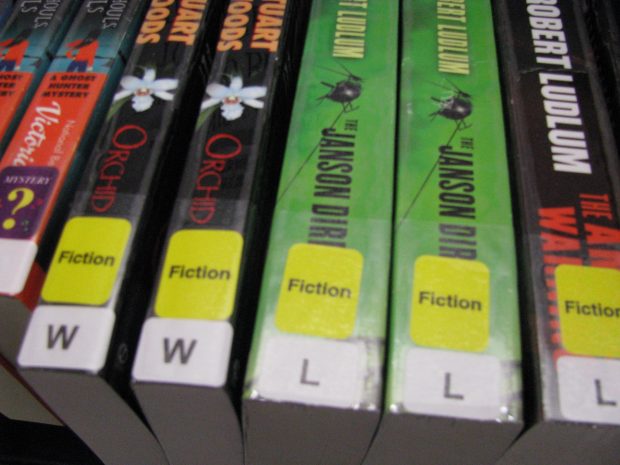
Departure day is always an exciting and nervous time for these books – they’re ready to leave the Collection Development Department and find a new home on a library shelf. The dressed-up books are put into “In Transit” status in the catalog and crated up to be delivered to their starting library. The crates are picked up by a courier and delivered to the libraries where Circulation staff unpack them, check them in to the system, and place them on the shelf (or digital shelf as the case may be)!
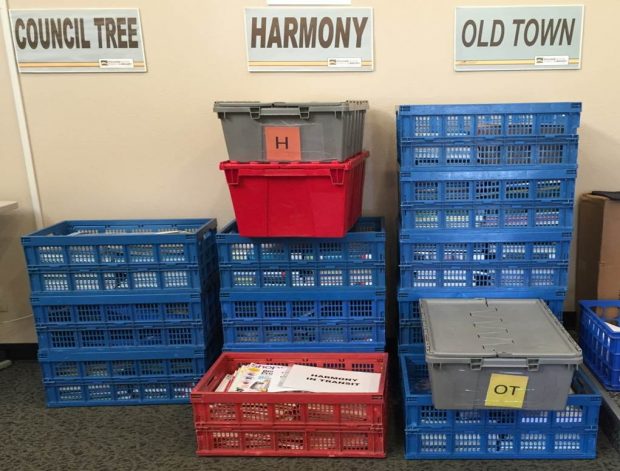
In just a few short days, our young book has become a library book and now proudly waits to be chosen by you and your family.
In 2017, 45,644 new physical items were put onto the shelves.
With 2,517,267 check outs of physical and print materials in the past year, it’s a safe bet that our new book will be discovered and checked out by one of our many customers. (Note: these stats don’t even include the digital titles that were processed! Whew! The Collections Development Department is busy!)
Special thanks to Judith Allen and Alice Jorgensen from the Collections Development Dept. for sharing this information and for nurturing all those books and other items!

